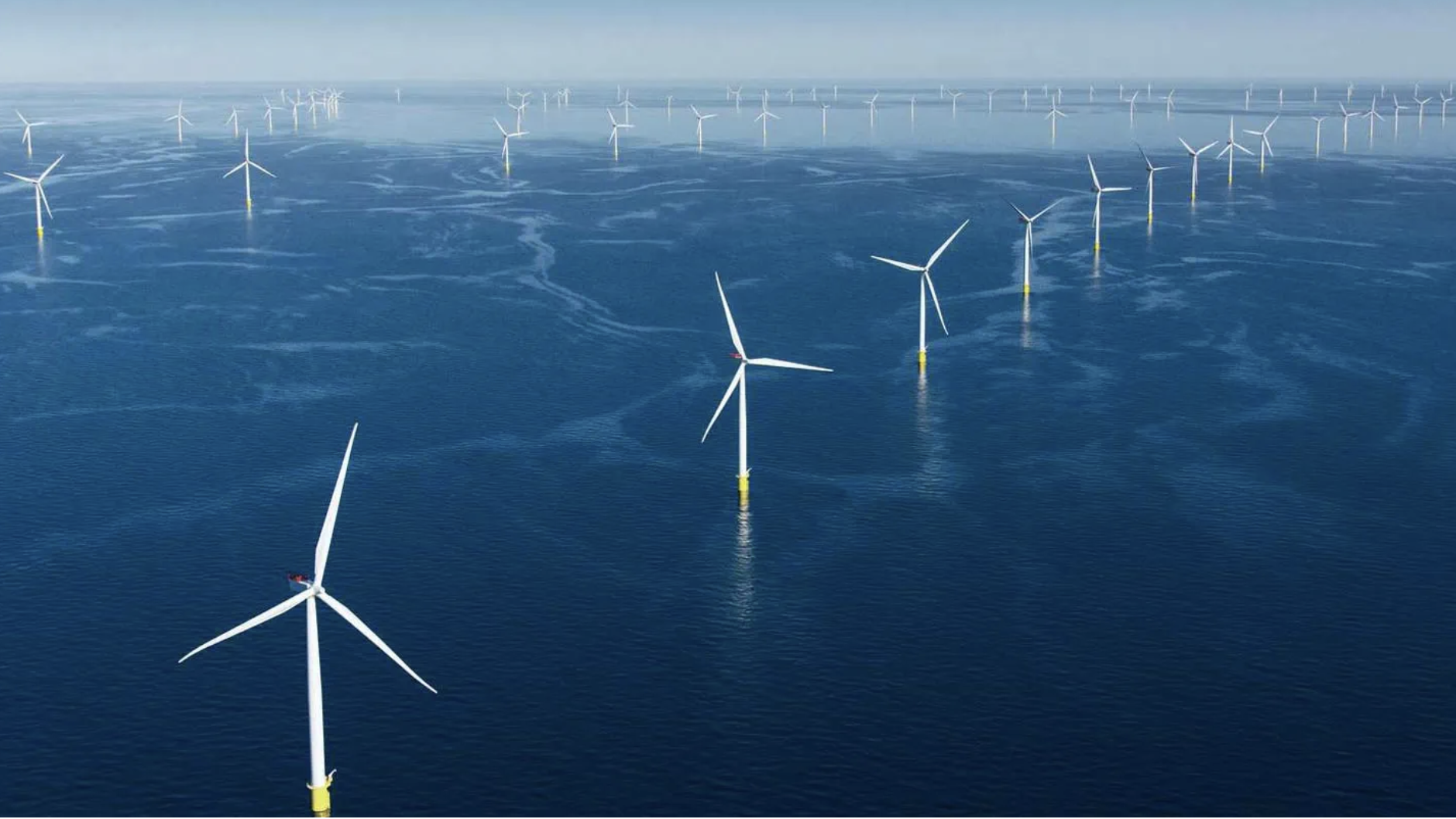
L’Oréal is partnering with climate action platform Net-Zero Now to develop the Net-Zero Salons Programme. The new initiative helps salons calculate, track and reduce emissions by setting carbon reduction plans. The overarching goal is to certify establishments as a “net-zero salon”.
With around 31,000 hair salons on UK highstreets, L’Oréal believes the initiative can help reduce emissions across the industry. The programme estimates that the average salon appointment produces 3.1kg of greenhouse gas emissions and will aim to reduce it to a 2kg benchmark. Doing so, L’Oréal states, would reduce emissions from the industry by a third if all salons signed up.
L’Oréal and Net-Zero Now will offer guidance on improving energy efficiency, switching to renewables and revamping waste treatment and management. Water consumption, heating and encouraging employees to travel more sustainably are also key areas of guidance offered through the programme.
L’Oréal UK & Ireland’s managing director Thierry Cheval said: “As market leaders we recognise the important role we play in empowering our business ecosystem such as our salon partners to be more sustainable.
“We are committed to supporting the future of the sector and we look forward to having salons from across the UK and Ireland join the programme as the industry seeks to take climate reduction action.”
In 2020, L’Oreal unveiled a sweeping set of sustainability targets, pledging to reach carbon neutrality by 2025, halve carbon emissions, use 100% renewables and ensure all plastic packaging comes from recycled or bio-based sources.
A €100m fund for the regeneration of the natural environment has also been set up. A €50m Fund for Nature Regeneration will be used to finance marine and forest ecosystem restoration projects that also create new social and economic development opportunities for the populations that depend on these ecosystems.
The Net-Zero Salons Programme forms part of this sustainability roadmap and contributes to an existing “Hairstylists for the Future programme” that has helped salons reduce water usage and waste. L’Oreal partnered with the Green Salon Collective and will provide salons with a water-saving showerhead, which will be rolled out this year.
Commenting on the announcement, the British Beauty Council’s chief executive Millie Kendall said: “Now more than ever – especially post-pandemic – salons play an essential role on our British high streets and local communities; with the power to not only inspire confidence and promote wellbeing, but to be an advocate for positive change – not only from a business perspective but extending to influencing consumer habits on important topics such as sustainability.
“This new Net-Zero Salons Programme, coupled with L’Oréal’s new educational offerings to help upskill hairdressers on sustainability, is really empowering the salon sector to play its role and take action.”
Source edie



